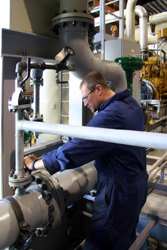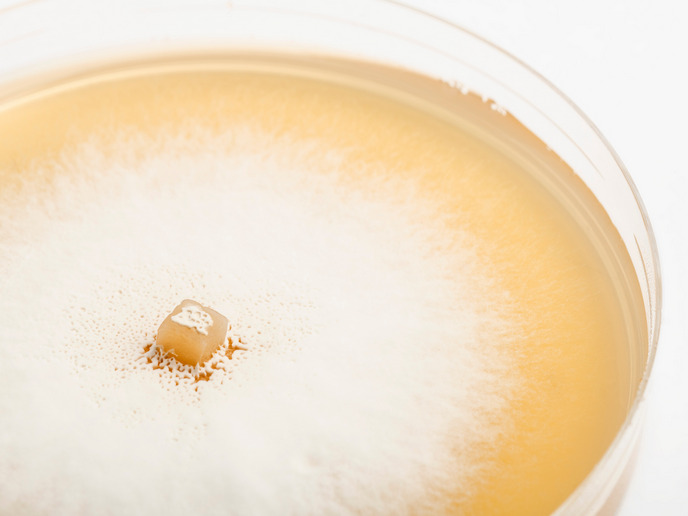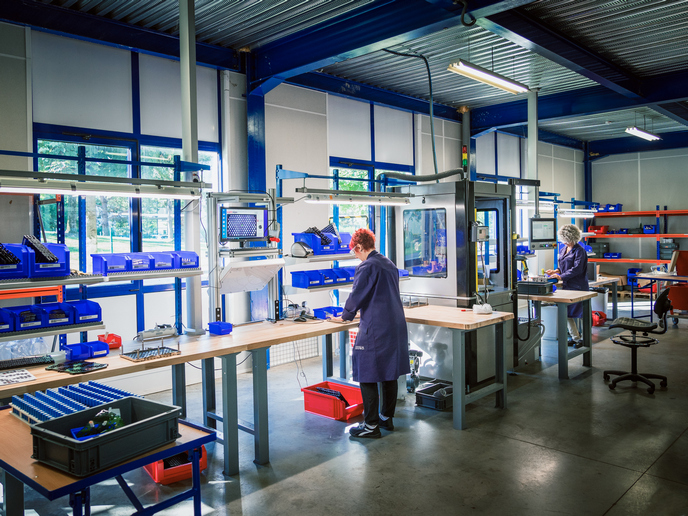Pump up the power not the volume
Noise pollution can cause physical and psychological damage. Despite the initiatives taken by the European Union to provide guidelines on this matter, it remains unresolved, mainly because of the lack of alternatives. Up until now manufacturers have not provided cost effective solutions and it has been left to the end user to find a way out. This has resulted in the use of machine enclosures which reduce the acoustic impact, however practically; this has proved to be an inefficient solution. Turning the onus of finding the solution on to the manufacturer is a better way to produce results, which has been the crux of this project. In this way better solutions can be obtained through the development of appropriate strategies combining structural modifications and dampening and/or absorbent devices. Even in the short term it is expected that such developments will increase the manufacturers' competitiveness. Researchers at Cedrat technologies under the umbrella of the NOISELESS project, have applied their expertise to this project to develop an innovative tool for noise control. It is based on the use of piezoelectric actuators, which transform the input signal into motion. This device has a major advantage over others; that it emits a very low resonance frequency. The main problem is that when used to generate higher force, the standard piezoelectric actuator ends up being very noisy because it leads to too stiff dampers with a too high resonance frequency. It cannot damp low frequency vibration and noise. Cedrat has developed an amplified version of the device which has enough power to be useful in structural control but has a low resonant frequency, so is not as loud. The active damper has a very high quality factor necessitating that it operates at frequencies at least 2 times higher than the resonance frequency of the actuator in order to keep the control loop stable. The performance of the developed piezo active damper has been considerably improved by the addition of a passive damper in parallel with the piezo element. Then the quality factor of the active dampers is lower ant it can be used near its resonance frequency.







